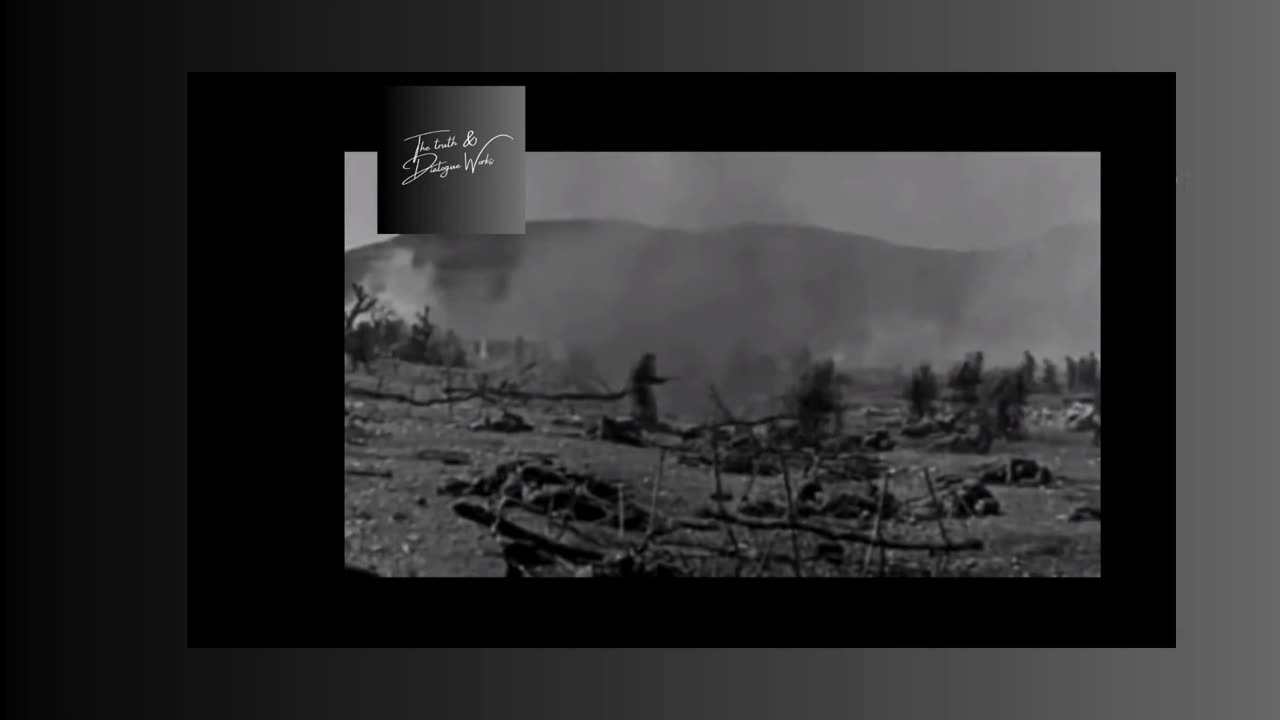Premium Only Content

Ukrainian-Russian War and European Developments - Day 952
Situation on the Northeastern Front (Pishchane-Kruhlyakivka Axis)
Russian forces continue their advance in the Pishchane salient, capturing positions south and southwest of the area, with significant movement into Kolisnykivka. They are now positioned just outside Kruhlyakivka. This push towards the Oskil River marks a critical phase in the campaign, as Russian troops seek to sever key Ukrainian resupply routes. With positions only 730 meters from a main supply road, the logistical situation for Ukrainian forces is becoming untenable. A direct assault on Kruhlyakivka seems imminent, threatening to collapse Ukrainian defenses in this sector.
Situation on the Pokrovsk Front
Further Russian gains have been reported southeast of Lysivka and west of Marynivka, with half of Tsukuryne now under their control. This intensifies pressure on Ukrainian forces, straining their defensive lines and forcing yet another series of tactical withdrawals. These moves demonstrate how Russian advances are systematically targeting vulnerable points, stretching Ukrainian defenses thin.
Southwest of Donetsk
Russian forces have consolidated control over positions south of Katerynivka, reaching the strategic Air Supply Shaft of the South-Donbassian Mine No. 3. This development threatens to deepen Russian control in the region, setting the stage for broader advances around Donetsk, further diminishing the AFU’s capacity to mount meaningful resistance in the area.
AFU Struggles and Declining Morale
Reports from the frontlines paint a dire picture for Ukrainian forces. In addition to material losses, internal chaos is evident, with command turnover at an alarming rate. Poor living conditions, including soldiers contracting tuberculosis, further undermine the morale and effectiveness of the Ukrainian Armed Forces (AFU). Accounts of forced deployments and violent reprisals against soldiers who refuse to fight reflect deep systemic issues, compounding the strain on an already overburdened military.
Political and Social Turmoil in Ukraine and Europe
Zelensky’s latest remarks regarding the withdrawal from Ugledar emphasize a tactical retreat to preserve forces, but the repeated losses and withdrawals highlight the larger strategic predicament Ukraine faces. With each retreat, Russia consolidates its territorial gains, pushing Ukraine closer to a breaking point. The Ukrainian government’s attempt to paint these retreats as calculated decisions contrasts with the growing despair among its forces.
Meanwhile, in Europe, the fallout from the war is creating friction. In Poland, there are increasing calls, led by FM Sikorski, to halt social benefits to Ukrainian refugees. This reflects broader dissatisfaction in countries like Germany, where Ukrainian refugees receive financial assistance, raising concerns about fairness and resource allocation. The pressure to send Ukrainian men back to the frontlines exposes the human cost of sustaining the war effort.
Nuclear Plant Threats and Western Double Standards
The West's response to nuclear plant threats reveals inconsistencies. While Ukraine continues to target the Russian-controlled Zaporozhye nuclear plant, the media largely ignores this, focusing instead on casting blame on Russia. This contrasts sharply with the international community’s measured response to potential Israeli threats against Iran's nuclear facilities, highlighting geopolitical biases in how nuclear safety is addressed in conflict zones.
Outlook: Russia's Growing Dominance and European Disunity
The overall trajectory of the war suggests that Russia is outmaneuvering Ukraine on all fronts. Russian forces are capitalizing on Ukrainian weaknesses, advancing across key areas, and systematically degrading the AFU’s ability to resist. Morale within Ukrainian forces is deteriorating, and Kyiv’s strategic withdrawals indicate an increasingly defensive posture.
Looking forward, Russian dominance in the conflict seems likely to intensify, with Ukraine facing severe manpower shortages and logistical challenges. In Europe, divisions regarding the support for Ukrainian refugees and military assistance are becoming more pronounced. Poland’s call to send refugees back to fight, coupled with mounting frustration in Germany over the financial burden, signals growing war fatigue and disunity within NATO and the EU.
If the current trajectory continues, Ukraine will be left with diminishing support from its European allies, especially as domestic concerns about the war's costs mount in these countries. Russian forces are poised to capitalize on both military and geopolitical disarray, positioning themselves for eventual control over contested regions, leaving Ukraine’s leadership with fewer options to change the course of the conflict.
-
 LIVE
LIVE
The Jimmy Dore Show
15 minutes agoBoris Johnson Admits Ukraine Is A Proxy War! Hillary & Dems Demagogue Illegal Immigration!
2,396 watching -
 8:32
8:32
Game On!
53 minutes agoChicago Bears FIRE Matt Eberflus after embarrassing loss!
4 -
 LIVE
LIVE
Grant Stinchfield
1 hour agoTechnology Along with President Trump, Will Make Our Military Great Again!
496 watching -
 DVR
DVR
Sam Tripoli
2 hours ago $0.45 earnedThe Conor McGregor Case Debate with Jesse On Fire and Jason Bermas at 11:30am pst
9783 -
 LIVE
LIVE
Twins Pod
4 hours agoEXPOSING The Music Industry & Its Control Over BLACK CULTURE! | Twins Pod - Episode 41 - Dom Lucre
2,107 watching -
 15:06
15:06
Professor Nez
1 hour ago🚨BODYCAM FOOTAGE RELEASED! Entitled Democrat Official RESISTS Officers During DUI Stop
3.95K4 -
 35:17
35:17
Athlete & Artist Show
6 days ago $0.01 earnedIs The BCHL On Its Way Out? Brooks & Penticton Apply For WHL
1.25K2 -
 53:45
53:45
The Quartering
3 hours agoTrump Trolls For Thanksgiving, Free Palestine Losers F around and Find Out & More
49.6K13 -
 LIVE
LIVE
Britbong
18 hours ago🔴BRITBONG'S BANTER HOUR (Videos/Banter/Gaming)
398 watching -
 5:16:45
5:16:45
REVRNDX
6 hours agoRUMBLE IS MY NEW HOME
16.1K